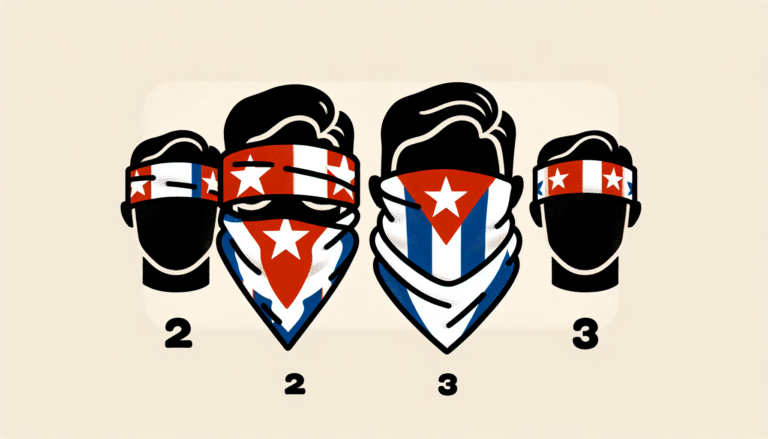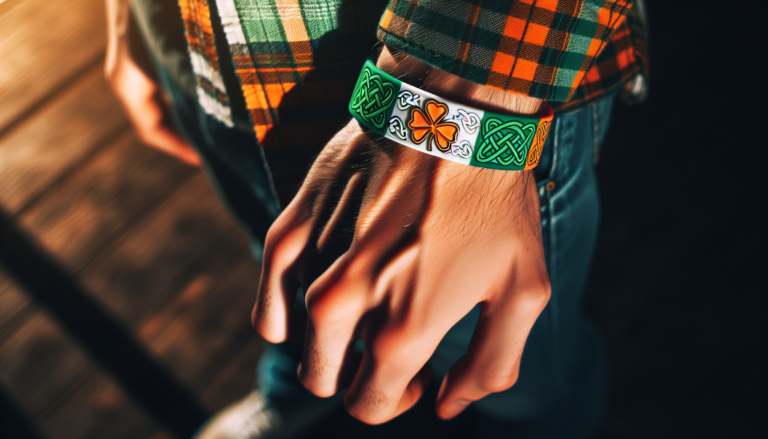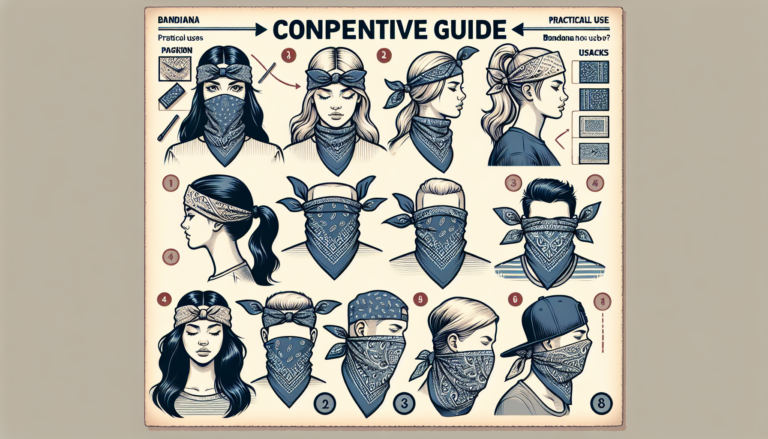When it comes to keeping your head and face and neck warm and protected when outdoors in winterís harsh weather, nothing does the job like a face mask or balaclava. And thatís why this style of winter hat has long been the favorite of die-hard winter outdoor enthusiasts.
Take a look at cross-country skiers, snowboarders, deep woods and mountain hunters, and ice fishermen. What do you see them wearing much of the time? Yep, thatís right: ski masks or balaclavas. And they do so for some very good reasons.
Read on, then, to find out what you need to know about ski masks and balaclavas.
Ski Mask vs. Balaclava

Though they are very similar, a ski mask and a balaclava arenít quite the same. You might say that a balaclava is a species of ski mask.
Yes, they both cover the head, most of the face, and (typically) the neck and are often made of the same materials. Itís in the area of facial coverage where they differ.
A ski mask typically covers the entire face with individual holes cut out for the eyes and mouth. This configuration provides maximum facial coverage and protection from winter cold and wind.
Balaclavas, on the other hand, offer less facial coverage. They have a larger opening that leaves more of the fact uncovered Ė exposing the eyes and nose area, but typically covering the mouth The advantage here is that, while the face protection is less, you can more easily wear, say, googles or glasses while wearing a balaclava.
Pros and Cons of Ski Masks and Balaclavas

Now, letís take a look at the pros and cons of each . . .
Ski Mask Pros
- It provides maximum coverage and protection (including the nose) during frigid winter conditions.
- It also offers wind protection for almost the entire face.
- The mouth opening allows for talking and eating without the need to pull the mask down.
Ski Mask Cons
- The mouth opening invites the possibility of chapped lips.
- The covered-nose configuration can be more than a slight inconvenience with runny nose (which is not uncommon when youíre out in cold weather)
- The association of ski masks with terrorists and thieves (and unjust association, to be sure, but one that exists nevertheless)
Balaclava Pros

- With the larger opening that exposes more of the face, youíre likely to feel less confined, and itís more suitable for winter days with minimal wind.
- Facial coverage can be increased when needed, buy pulling the bottom of the opening up to cover the nose and expose only your eyes.
- The larger single opening makes it more suitable when youíre wearing goggles as in skiiing.
Balaclava Cons
- More of your face is exposed, so it may not be the better option in very harsh winter conditions.
- The typical one size fits all means that it may not fit large and small head very well, especially with respect to the face opening.
What to Consider When Choosing a Ski Mask or Balaclava
When it comes to selecting just the right ski mask or balaclava for your needs, there are a few things you need to keep in mind, such as . . .
Material

You will, of course, want to choose thicker materials and fabrics if your plan to be out in bitter winter weather and are primarily concerned with warmth and comfort. Some good choices here are those made of merino wool (which is expensive) or fleece-lined ones. Just be aware, though, that these can be uncomfortable if you need to wear them under a helmet.
Ski masks and balaclavas made of thinner materials usually offer slightly less warmth and wind blockage, but are typically more comfortable. So itís a trade-off you need to carefully consider.
For the best of both worlds, you might consider a ski mask constructed from a quality synthetic material or balaclava made from Thinsulate. Youíll get adequate warmth and protection, as well as comfort and the necessary moisture-wicking quality to stay warm when you sweat.
Fit
After determining the material that best suits your needs, you then need to think about the fit.
Primarily, this means choosing between a tight or a loose fit. A looser-fitting ski mask/balaclava will typically be more comfortable, but a tighter fit will afford more warmth and will work better when worn under, say, a snowmobiling helmet.
You also need to consider (as we discussed earlier) whether the fit of a ski mask or a balaclava will better meet your outdoor winter needs. In addition, take a close look at the amount of neck coverage and protection. Some barely cover the underside of your chin while others have a long neck that can be tucked into a shirt or coat.
Price
In these uncertain times, price is a concern thatís nearly always front of mind.
Lightweight ski masks/balaclavas are usually very affordable. But heavier ones made of premier materials can be pretty pricey, as much as $65. (There is, however, a place where you can find top-quality yet affordable ski masks and balaclavas Ė and that place is Bandana.com.}





